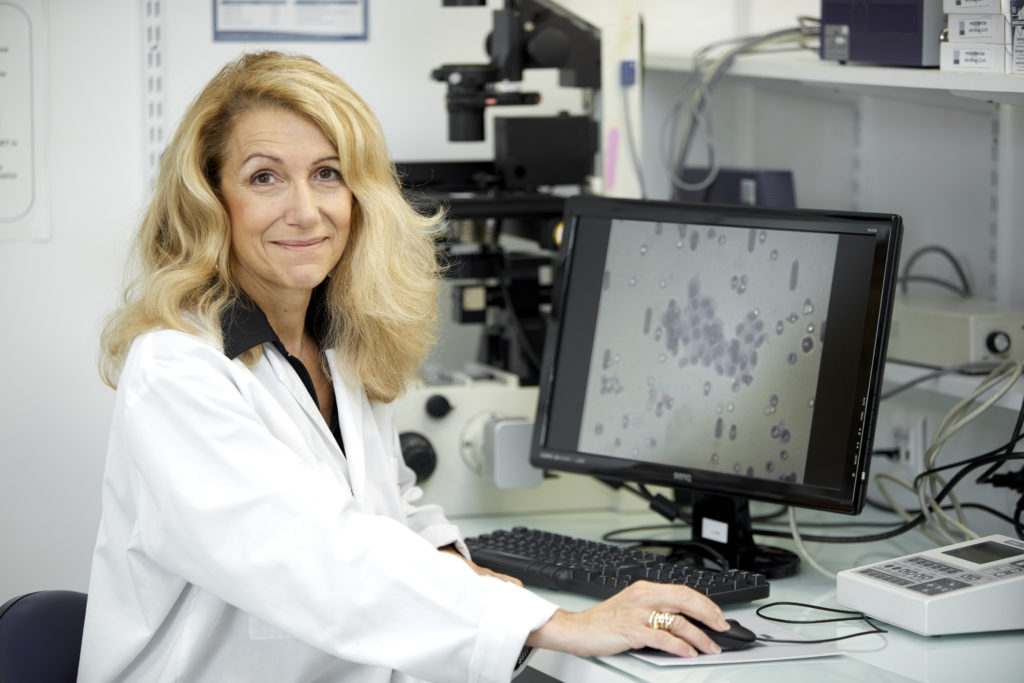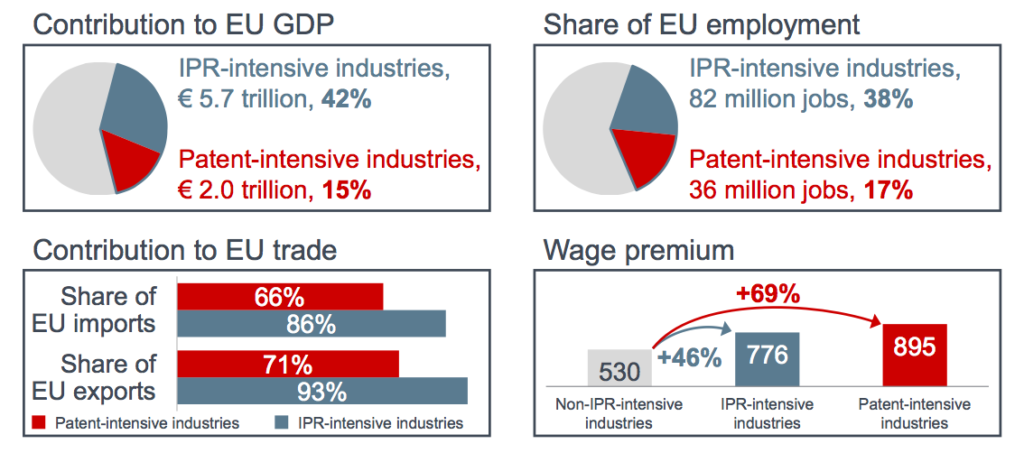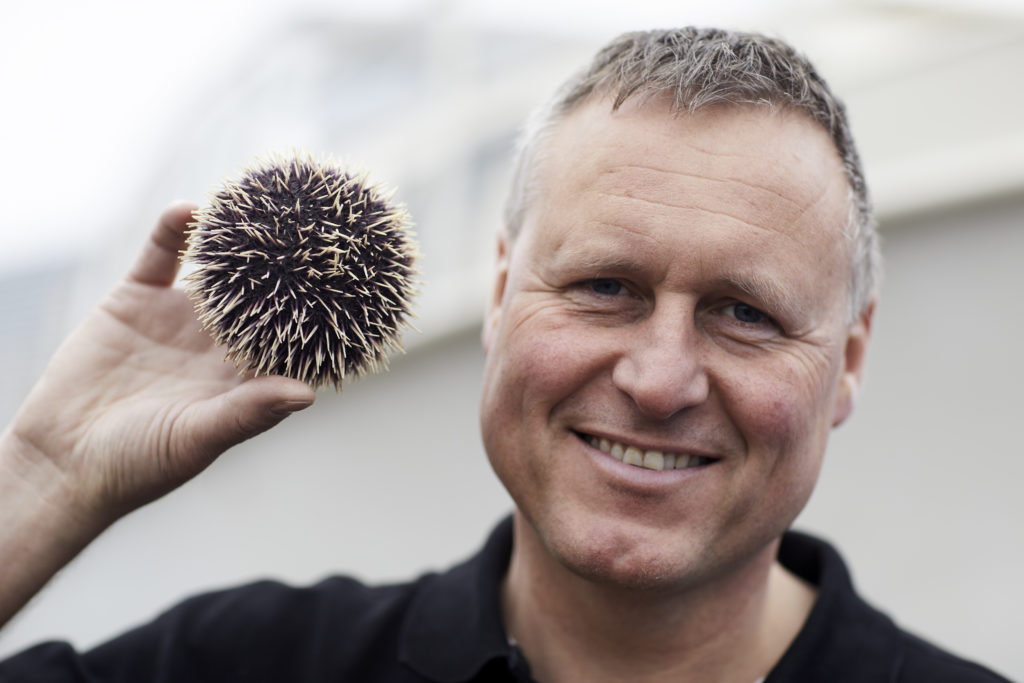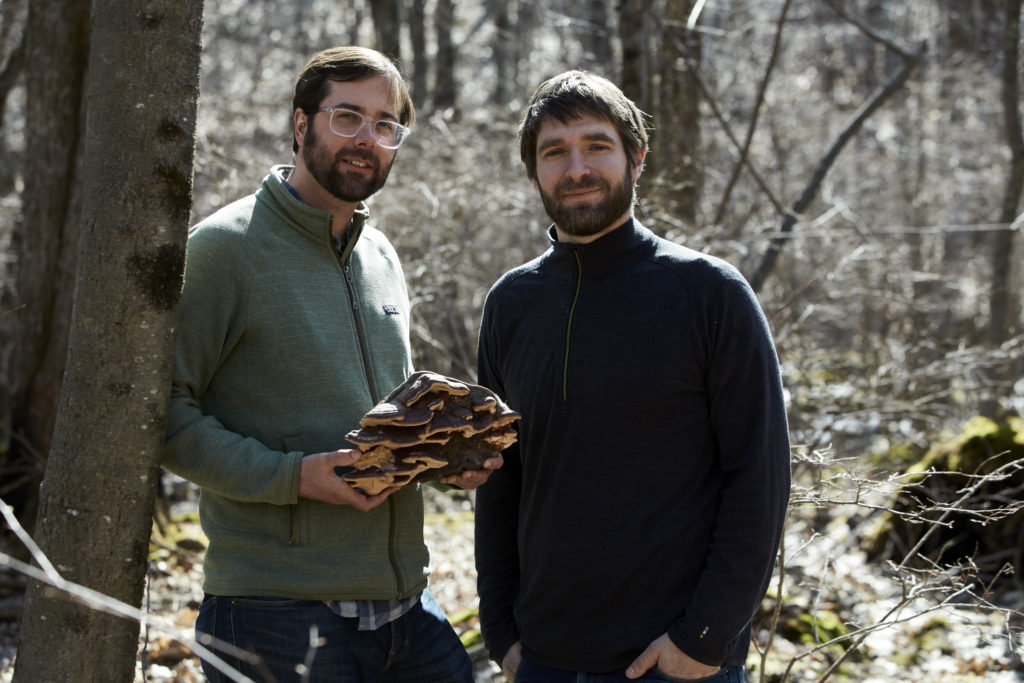How many lives could be saved if cancerous cells were detected at an early stage?
Eighteen million people world-wide are diagnosed with cancer each year. Some of those cancers are detected early enough and can be treated; others are detected too late. But what if there could be a way of finding cancerous cells at a much earlier stage than we currently do so that patients can be treated?
European Inventor Award finalist, Professor Patrizia Paterlini-Brechot, has turned that quest into her life’s purpose. “Early in my career one of my patients died of pancreatic cancer within months of being diagnosed. I was devastated, I nearly gave up science. But then I decided to dedicate my career to find a way to safe people’s lives.”
Professor Paterlini-Bréchot has developed a quick, non-invasive method that can find a single circulating tumor cell in a 10-millilitre blood sample – the equivalent of roughly one in 50 billion blood cells. “It’s a daunting task,” she said. “It’s like finding one person in a world the size of seven planet earths.”

Diagnosing many forms of cancer at an early stage is a challenge. Lung cancer, for instance, is detected at an early stage only 15% of the time. The consequence being that the risk of developing secondary tumors, or metastases, somewhere else in the body increases substantially.
Paterlini-Bréchot was nominated for the 2019 European Inventor Award for her patented invention, ISET (Isolation by SizE of Tumor cells). In the ISET test, blood is diluted and inserted into a small plastic cartridge containing a microscopic filter, which works under the same principle as a coffee filter. The cartridge is then inserted into a machine that performs the filtration. Smaller blood cells pass vertically through the filter’s pores leaving any larger blood cells (circulating tumor cells) retained within the filter, a process that takes roughly 15 minutes. Any rare cell found to be malignant is labelled as a circulating cancer cell.
“When the time comes and I look back at my life, I want to believe I have done all I could to save and improve patients’ lives,” said Paterlini-Bréchot.
Inventions like that of Professor Paterlini-Bréchot’s, as well as all the finalists for European Inventors Award, have an enormous social and economic impact. Reports generated by the European Patent Office (EPO) and the European Union Intellectual Property Office (EUIPO) show that the contribution of Intellectual Property to EU’s GDP reached 5,7 trillion Euro in 2016. Intellectual Property Intensive (IPR) industries accounted for 82 million jobs across the European Union.
In 2018, businesses and inventors filed a large number of patent applications at the EPO, with all the five top filing regions (Europe, US, Japan, China and Korea) showing increases.

The European Inventor Awards offers recognition to those scientists, researchers, inventors, and business minded people who have spent long hours chasing a dream. “For an inventor there’s nothing more motivating than hearing someone say to you, “This can’t be done,” said Esben Beck from Norway, finalist in the SME category.
It’s an intrinsic drive for them, the fuel that gets them to try and fail, try and try and fail again. “The patent of my invention allowed me to bring my idea to a much larger market,” said Rik Breuer, winner in the SME category. “This is what excited me, to see my idea make a difference in the world.”

Determining a true invention is not an easy process. One of the key responsibilities of the EPO is to make sure that a request for a patent is in fact something new, something that has not been reported on or invented elsewhere. To accomplish that, the EPO works in teams of at least three evaluators who determine whether a new patent is granted or not. Several tools, such as Patent Translate, are used to make this searching and validating process as thorough as possible. “Patent Translate provides free, multilingual access to an extensive and fast-growing collection of information on state-of-the-art technology,” said EPO President, António Campinos.
Besides the social and economic aspects, the selection criteria used for the European Inventor Award takes into consideration the inventions that have a significant positive impact on the environment. For Eben Bayer and Gavin McIntyre, finalists in the Non-EPO Countries category, the plastic crisis presented a challenge to create a sustainable, high-performance and economically viable packaging alternative. They have invented a new class of degradable biomaterial made from mycelium (fungi found under the soil, called mycelia) which can be moulded into almost any shape.

40% of plastic produced today is used in single-use packaging, which is immediately discarded once it has served its purpose, often ending up in landfill or in our seas. The mycelium is fed agricultural waste at room temperature and harvested every four to six days.
“Our motto has always been: Sustainability first,” said Eben Bayer. “We wanted to create alternatives to the products that consume an enormous amount of land and water. And I believe all inventors should take the environment into consideration when developing a new idea.”



